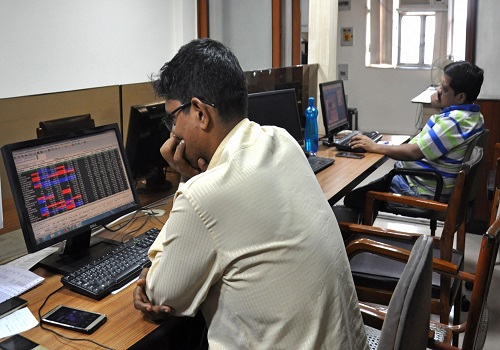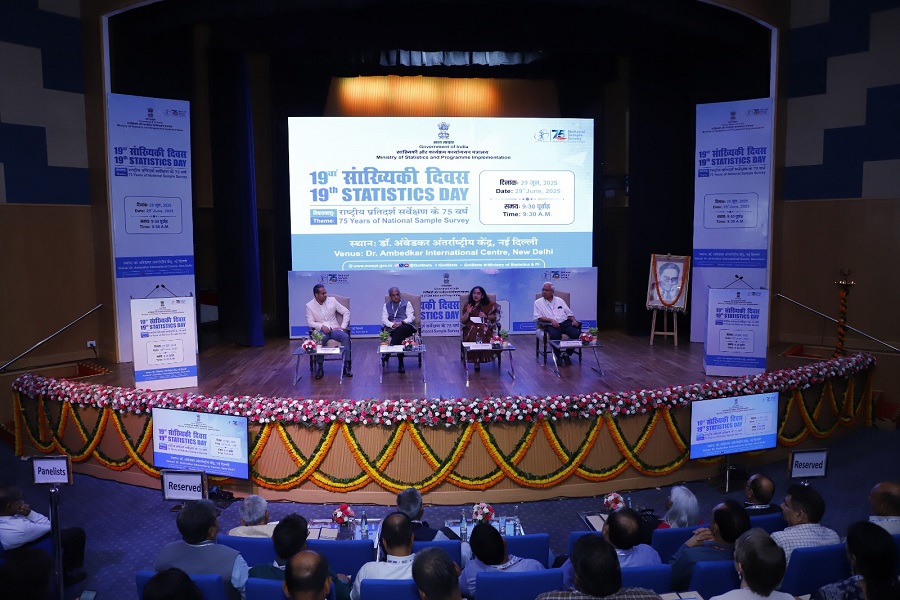Wodehouse Capital Advisors Market Outlook - Indian Hospital Industry (August 2024)

Brief Overview and Background
Healthcare has emerged as one of the largest sectors in the Indian economy, recording significant contributions in terms of revenue and employment. Several factors such as an aging population, a growing middle class, rising proportion of lifestyle diseases, increasing demand for healthcare services, an increased emphasis on public-private partnerships, advancements in medical technology, rising investment in healthcare infrastructure, and enhanced investor interests and increased FDI inflows over the past two decades are driving the growth of the sector.
Over the past decade, India has achieved significant milestones in the realm of public health, making notable progress in enhancing life expectancy and reducing maternal and child mortality rates. The country has made focused efforts to meet the targets set under the Sustainable Development Goals (SDGs).
Hospital Industry Landscape in India
Hospitals are the largest component and the biggest beneficiaries (~70%) of the total healthcare market in India. The hospital industry in India was valued at $108 Bn in 2024 and is estimated to reach $200 Bn by 2030, growing at a CAGR of ~11%.
The industry is currently undergoing a significant transformation and experiencing remarkable growth, driven by several factors including:
* Enhanced occupancy rates
* Expansion in Average Revenue Per Occupied Bed (ARPOB)
* Reduction in the Average Length of patient Stays (ALOS)
* Increasing medical tourism
This growth has led to an increase in capital expenditure within the industry. Multiple hospital chains are expanding capacities and diversifying geographically to secure larger market share.
While metropolitan cities like Delhi, Mumbai, Chennai and Kolkata boast of world-class hospital groups (Max, Hinduja, Fortis and Apollo) with high-end infrastructure, healthcare companies are now expanding into Tier-2 and Tier-3 cities such as Indore, Surat, Dehradun, Nashik, Mohali, Jaipur, and Visakhapatnam. These cities offer a unique advantage as the competition and real estate cost are considerably lower compared to the metros.
Currently, a considerable gap exists between the number of beds available and the number of beds required. India’s hospital bed density is less than half of the global average of 3 beds per 1,000 people. It is noteworthy that around 65% of hospital beds in India cater to almost 50% of the country’s population concentrated in Uttar Pradesh, Maharashtra, Karnataka, Tamil Nadu, Telangana, West Bengal and Kerala. The other 50% of the country’s population living in the remaining 21 States and 8 Union Territories has access to only 35% of beds. This indicates that there is tremendous potential to grow hospital beds to ensure equitable access to healthcare for citizens across the country.
Above views are of the author and not of the website kindly read disclaimer

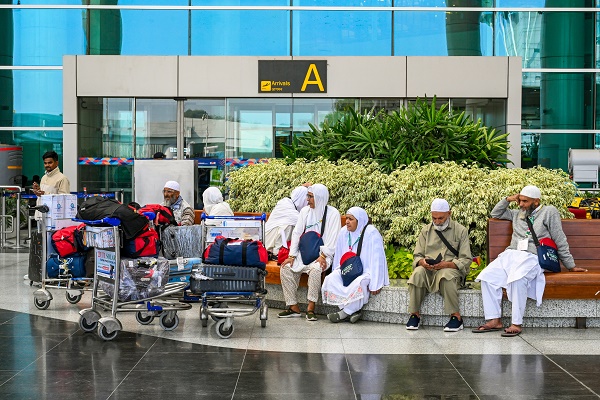




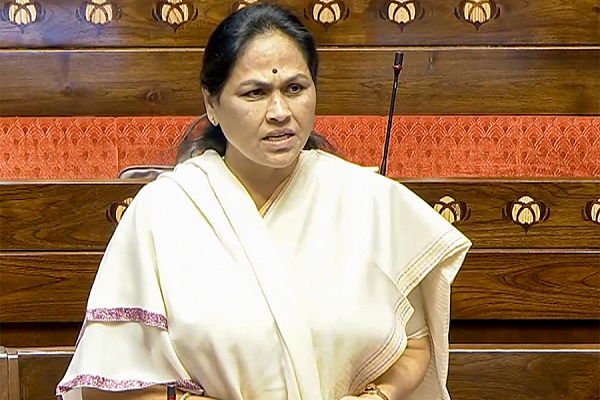

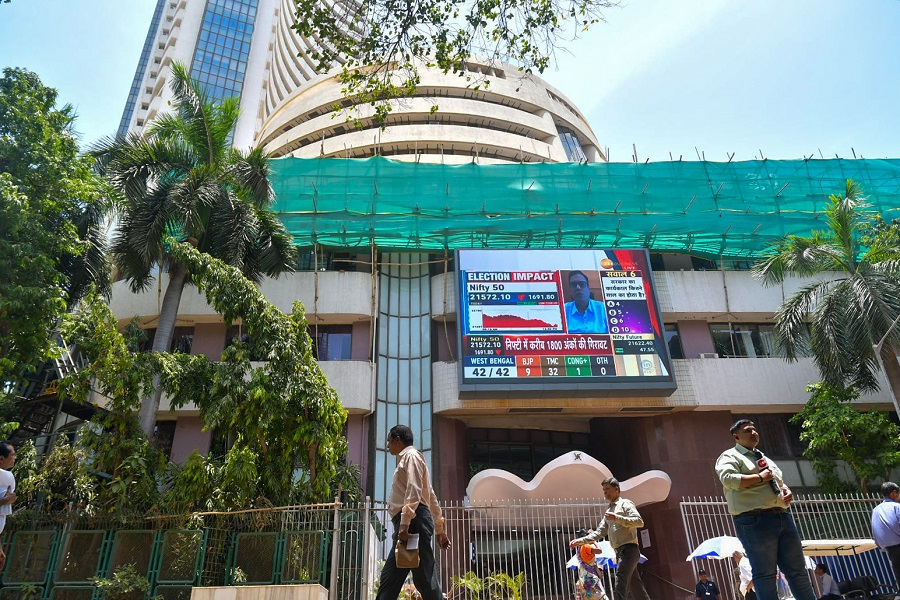

More News

Weekly Quote on Market by Krishna Appala, Sr. Research Analyst, Capitalmind Research
